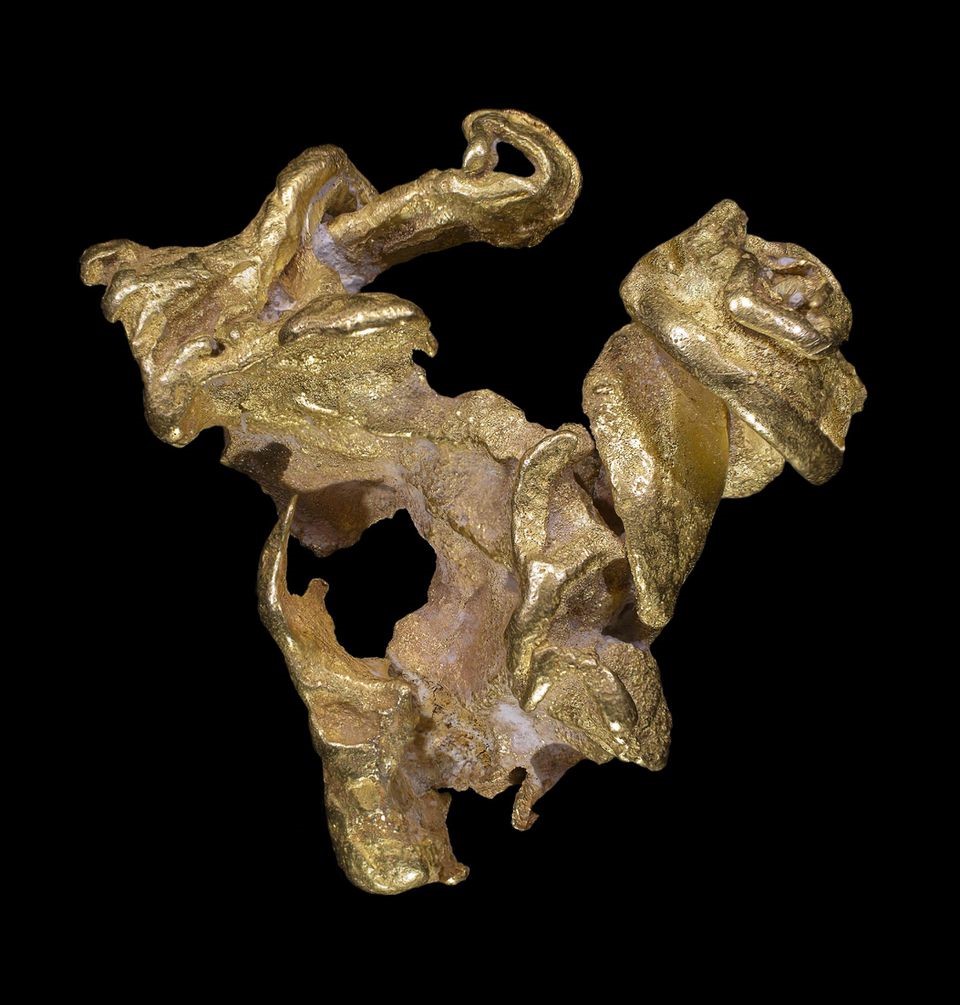Global Mining Sector Absolutely Digging Barrick-Newmont Fisticuffs
By Jeff Sheban with Mergermarket, an Acuris Company
In hockey, a good fistfight can be a game changer.
The same goes for mining, where the world’s largest gold producer, Barrick Gold, got everyone’s attention with an $18 billion hostile bid for No. 2 player Newmont Mining.
While the brawl was called off today along with news that Barrick and Newmont had entered into a partnership to jointly run their extensive Nevada holdings, the episode jolted what has been a moribund sector and raised the hopes of bankers, investors, and junior and mid-tier producers for more goodies to come.
“I think it has reinvigorated the sector,” said Melanie Hennessey, VP of investor relations for junior mining company NovaGold, one of the hundreds of industry executives presenting at last week’s Prospectors & Developers Association of Canada (PDAC) conference in Toronto.
“I can tell you right now,” added Ryan Latinovich, global head of mining & metals for RBC Capital Markets, “everyone is looking for a dance partner.”
Hennessey and Latinovich were among the 25,000 people (Canadian Prime Minister Justin Trudeau also showed) from 135 countries attending mining’s largest global gathering. Seemingly everyone had an opinion on Barrick and Newmont, and what a combination would have meant for the industry. The excitement was palpable.
“The sector basically has been ignored by investors, and now people are saying, ‘Hey, there may be value here,’” one encouraged CEO said on the sidelines.
Even without a Barrick-Newmont merger, their JV promises to generate hundreds of millions in cost savings annually that can be redirected to M&A. Additionally, there will be assets coming to market following Pan American Silver’s pending acquisition of Tahoe Resources, Barrick’s January acquisition of Randgold, and Newmont’s pending acquisition of Goldcorp. Newmont CEO Gary Goldberg said in a January conference call that Newmont would divest up to $1.5 billion worth of assets over 24 months if it acquires Goldcorp.
Latinovich said that “billions and billions” of dollars are being raised now by mining-focused PE firms hoping to partner with industry executives to form companies out of the castoffs. He said new owners will “provide a level of love and care” that current owners cannot.
The recent outbreak of M&A couldn’t come at a better time. Since peaking at just over $2,000 an ounce in 2011, gold has moved sharply lower and then sideways since 2013, trading in the $1,300 range this year. Silver, nickel, copper and platinum have fared somewhat worse.

As a result, risk capital has flowed out of mining companies and into hotter sectors including cannabis and blockchain. It’s reminiscent of the dot.com bubble in the 1999 timeframe when investor funds went elsewhere and gold prices declined, said Michael Faralla, managing director and head of global mining for TD Securities. “That very low access to capital led to a wave of consolidation” as small explorers and producers were unable to raise funds, he said. “I think we’re seeing very much the same thing today.”
Majors have weathered the storm by focusing on costs, partly at the expense of exploration. “Barrick is consuming reserves fast,” said John McCluskey, CEO of mid-tier producer Alamos Gold. “They are down to eight years [reserve life] to some of their best assets. It can’t make them very comfortable.”
Large precious metals producers have a major problem – gold is a depleting asset that must be replenished. And that gets to the heart of why Barrick wanted Newmont and may be looking for more: because there’s gold in them thar hills.
Jeff Sheban is Mergermarket’s Chicago-based Midwest Editor.

